Currently Empty: £0.00
History of herbs
For thousands of years, humans have used herbs. They have always been used in the following ways:
- in cooking to flavour foods
- as perfumes
- to make us smell nice
- as disinfectants
- to protect us against germs
- as medicines – to heal us when we are sick
- as currency, instead of money
Today we still use herbs for the same purposes, but perhaps not as currency!
Look in your kitchen cupboard – you may find small jars or pots of herbs. You probably add them to food to give extra flavouring. Look at the labels and make a list of the herbs in your kitchen.
Recipe books are full of suggestions about adding herbs when cooking. Ask if you can try some!
Where do herbs come from?
The herbs we use today come from many parts of the world. We have learnt about how to use herbs from people of past times. We know that people of all ages have used herbs because they wrote about what they learnt.
Who are the people who have taught us about herbs?
The Ancient Egyptians wrote their findings on papyrus.
The Sumerians from Mesopotamia (modern day Iraq) used tablets of cuneiform writing.
Hippocrates was a famous Ancient Greek doctor. The Romans believed Greek doctors were the best. Galen was doctor to the emperor Marcus Aurelius. Dioscorides was the emperor Nero’s doctor.
We learnt about the herbs used in Ancient India and Ancient China through a famous Arabic doctor called Avicenna who had read their writings.
Throughout Europe in the Middle Ages monks in their monasteries, grew and used herbs as medicines. In Germany, Hildegarde of Bingen who was an abbess and an herbalist treated the sick with herbs.
Voyages of discovery in the 15th and 16th century resulted in The Pilgrims taking to America herbs they used in England. Over time, herbs native to America came to Europe and other parts of the world.
In Britain, Nicholas Culpeper published a book to help ordinary people make their own herbal remedies instead of paying for expensive ones from doctors.
What herbs have come from different parts of the world?
- From Mesopotamia: apple, coriander, dill, fennel, garlic, onion, roses and many more
- From Ancient Greece and Roman Italy: sage, parsley, chives, lemon balm, mint, thyme, valerian, calendula, tansy, etc.
- From India: aloe, caraway, cardamom, castor oil, nutmeg, sugar and sesame oil and others
- From Ancient China: ginseng root, caraway, chrysanthemum, frankincense, ginko, jasmine, kiwi fruit (Chinese gooseberry), liquorice, loquat, lotus, lychee, magnolia, mimosa, mulberry, myrrh, peach, pomegranate, rhubarb, walnut, etc.
- From Bhukara, Central Asia: avicenna, the great Arabian doctor, apart from using herbs he had read about, used dressings, compresses and massages in his treatments.
- From Europe: chickweed, dandelion, elderflower, eyebright, goosegrass, hawthorn, milk thistle, meadowsweet, stinging nettle, St John’s Wort, vervain, woad, yarrow, yellow dock
- From America: black cohosh, evening primrose, American ginseng, saw palmetto, slippery elm, wintergreen, witch hazel, wild yam.

